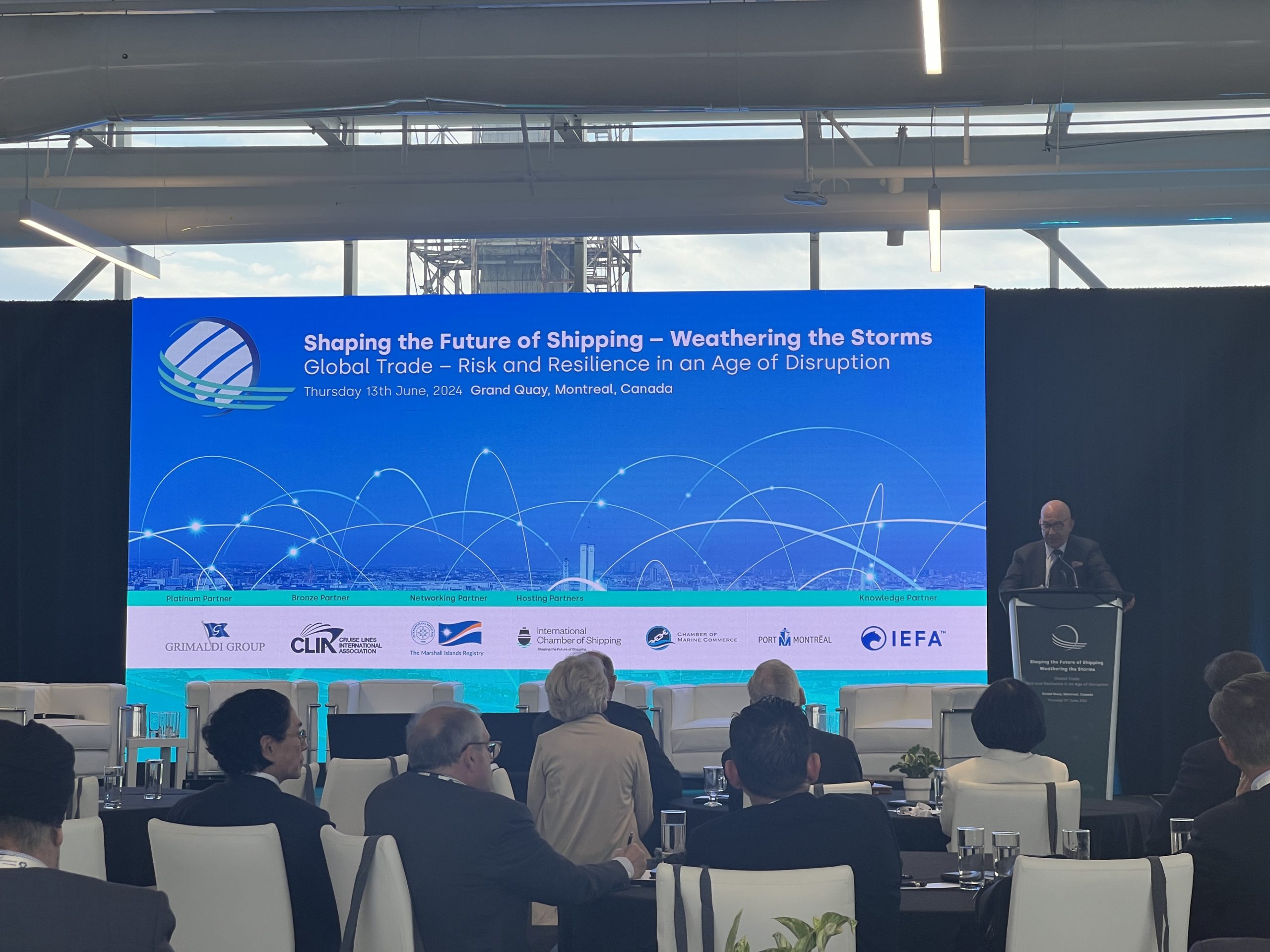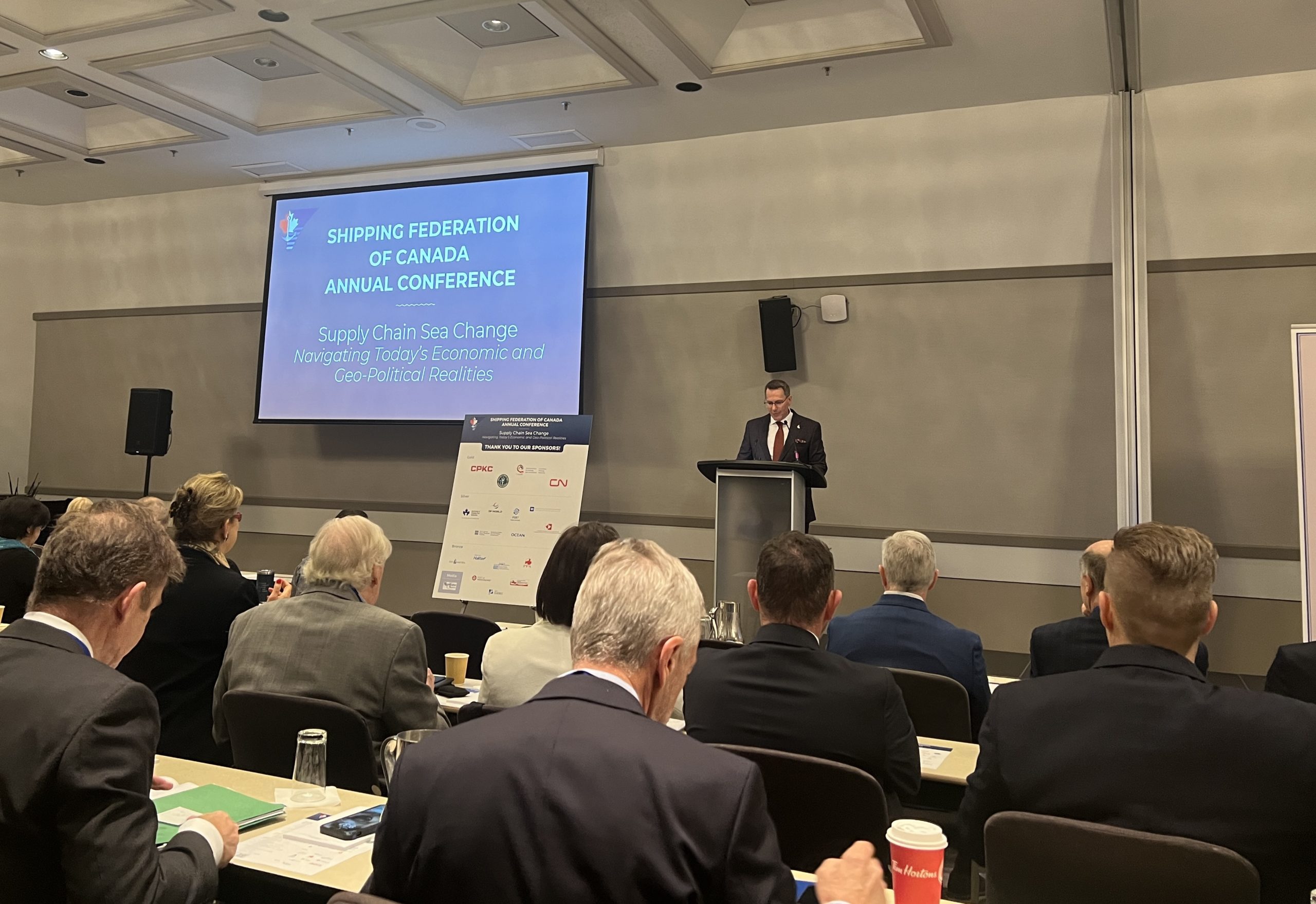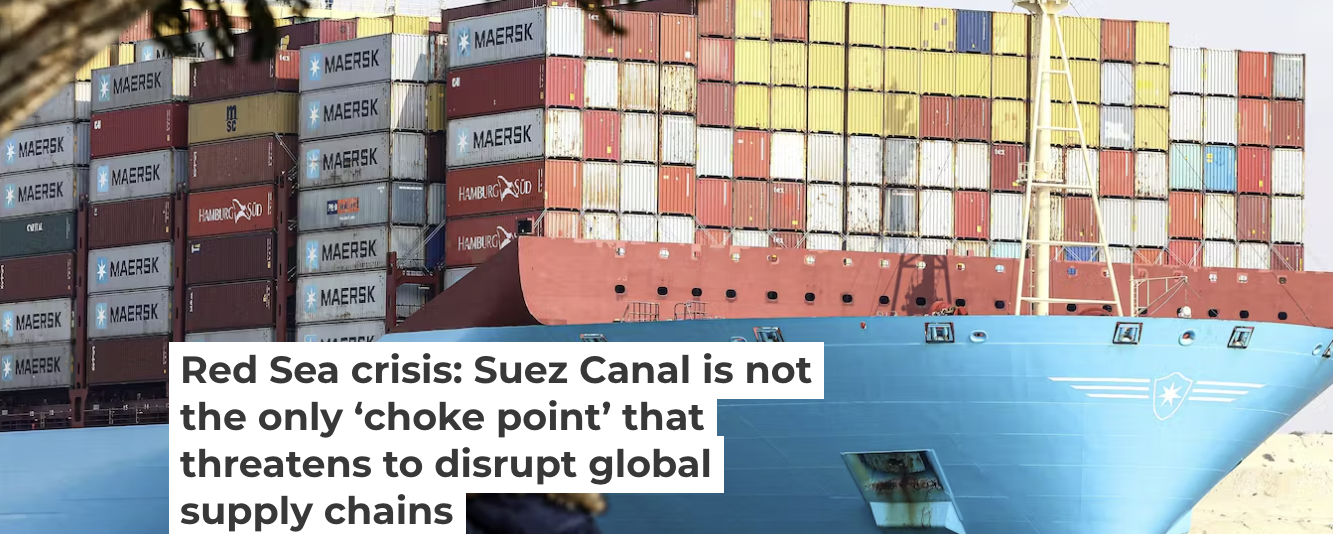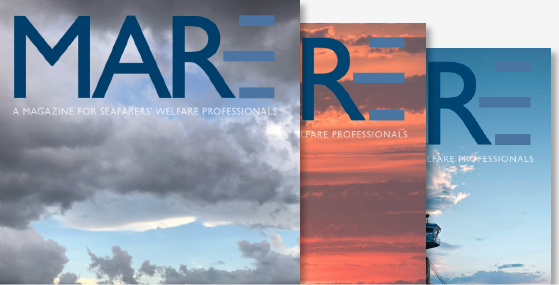Burkhard Lemper, Thomas Pawlik, Susanne Neumann, ed. The Human Element in Container Shipping. Frankfurt: Peter Lang, 2012. 174 pp.
This volume is a collection of essays that explores the human element in container shipping. Though the editors note that the “human element” is not the best turn of phrase, as it seems to make of humans just one more part of the ship, they note it is an industry-standard term and can still be used profitably.
The book starts with this important claim: “The whole shipping industry is run by people and for people.” (7) Essays in the volume cover topics including choice of the seafaring profession, corporate social responsibility, cross-cultural management for seafarers, performance influencing factors (like fatigue and stress), human error in shipping, criminalization of seafarers, maritime piracy, and the importance of leisure time for seafarers.
In the first essay on choosing the seafarer profession, Maria Progoulaki argues that though the so-called ‘hard’ skills of seafarers remain first priority, the ‘soft’ skills, such as leadership, communication, conflict management, cultural diversity management, team working, etc., are gaining ground. (29) This is followed up in a later essay by Enrico Lobrigo on cross-cultural management for seafarers: “since seafaring involves a lot of interaction with people of diverse cultural backgrounds, it is essential for them, and in fact for all maritime personnel, to possess sufficient competence to work in a multicultural setting.” (71) Teamwork on ships is important daily, but especially in emergency situations: communication skills that can cut across any cultural barrier is essential. This means focus on a standardized maritime language – primarily English – but many other cultural factors can still effect communication.
A number of the essays discuss the pressures of seafaring, including fatigue and piracy. Cecilia Österman explains that fatigue is a common experience in most maritime operations, with one important root cause being the organization of work hours and its impact on sleep and recovery. (90)
An especially intriguing article is that of Lisa Froholdt on pirate negotiation communication. She lays out that her research is complimentary to that of SCI New York, “Post-piracy care for seafarers,” from 2011 and the Maritime Piracy Humanitarian Response Program (MPHRP), launched in 2011 and now under the umbrella of ISWAN. Froholdt’s work builds on theirs, but focuses on the psychological stress that can arise in pirate negotiations in order to understand the impact of such negotiations and how they can contribute to the human costs of piracy. Using transcripts of negotiation conversations, Froholdt studies the cases closely to show how physiological and psychological stress was amplified in these situations. She recommends that knowledge-sharing among companies can strengthen shipping companies’ risk management and better prepare them if they enter into a negotiation process.
The volume as a whole is worth studying for anyone in seafarers’ welfare – almost all of the essays can have practical implications in our conversations with and care for seafarers and those in the maritime community.
Review by Jason Zuidema, NAMMA





